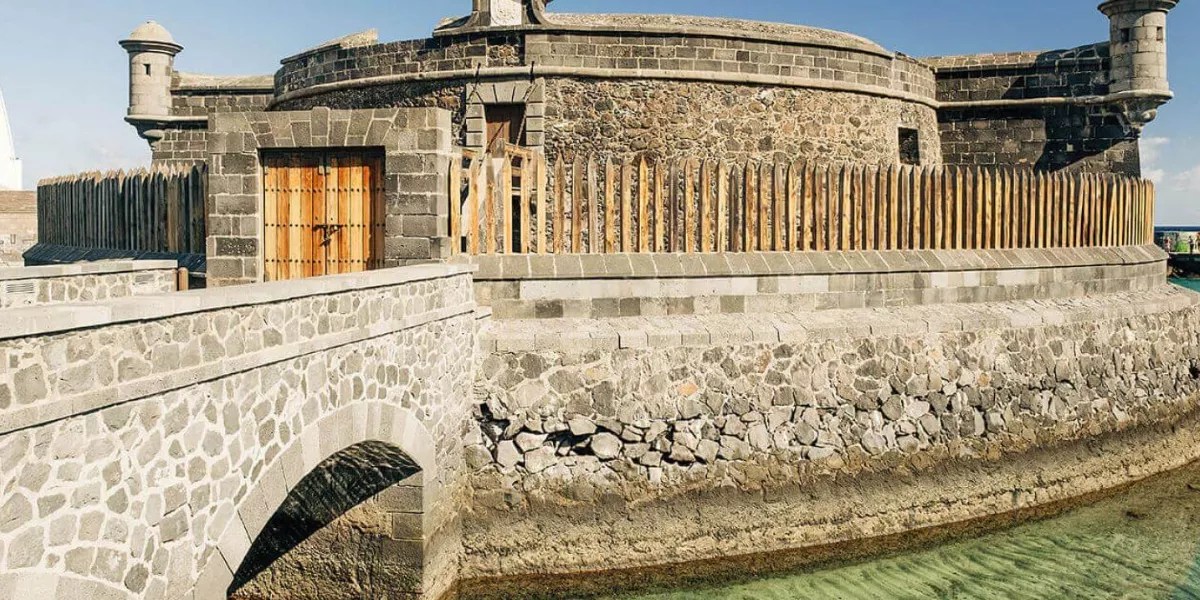The municipality of La Orotava celebrated “the most beautiful festival in the Canary Islands” yesterday, the traditional romería in honour of San Isidro Labrador and Santa María de la Cabeza, with the participation of 79 carts (one could not join due to a wheel problem), around thirty music bands, and over 25,000 attendees.
A grand finale that marked the end of the town’s patron saint festivities, which this year lasted 45 days with a wide programme of events.
The heat was present throughout the day and became unbearable at times, although this did not prevent people from dancing and enjoying good food and drink. It also didn’t stop thousands of tourists from gathering nearby to get the best spot to be part of the festival and, at the same time, secure a good photo on their mobile phones.
Early on, men and women in traditional attire could be seen in the neighbouring municipalities waiting for the bus to travel to La Orotava, where everything was ready for one of the most anticipated romerías in the region and on the Island.
Meanwhile, in La Orotava, those in charge of each cart ensured that their participants adhered to the appropriate attire, which, besides the complete traditional costume, requires avoiding sports shoes, watches, sunglasses, and any other non-traditional items.
After the Eucharistic service in the Church of La Concepción, the offering of agricultural produce and the renewal of the promise by the farmers took place, while the folk group Higa performed the Mass with a Canarian flair. Following this, the procession of the Patron Saints began to the Casa de los Balcones, where they received tributes from the romería held in their honour.
The Cultural Society Liceo de Taoro has managed this event since 1936, as a special initiative by the then board of directors and its president, César Hernández Martínez. From that occasion, horses and decorated carts were added to the parade, and years later, it turned into a grand showcase of regional folklore. Music bands, singers, and groups create a colourful mosaic dressed in the traditional costumes of Tenerife, La Orotava, and other locations across the seven islands, moving through the cobblestone streets of the Villa to the rhythm of isas, folias, and other popular dances and songs.
This year marked the 88th edition, as it could not be held in 2020 or 2021 due to the global covid-19 pandemic.
After 1:30 pm, the procession began from San Francisco, led by the Festival Queen, Ladies of Honour, and the Senior Romera; the mayor, Francisco Linares; and members of the municipal Corporation and island and regional authorities. Joining them was a delegation from Ponteareas, led by its mayor, Nava Castro, a Galician locality twinned with La Orotava for over 40 years, accompanied by the Gaiteiros de Algazara de Celeiros, as the group rotates annually.
Traditionally, the procession moved from San Francisco to the Plaza de la Paz.
The last cart to leave and close the procession was that of the Senior Romera, accompanied by the rest of the candidates for the title. The romería concluded with the arrival at the Calvario of the images of San Isidro Labrador and Santa María de la Cabeza, carried on their respective bases by the farmers to receive the homage.
The festivities continued with a dance in the Plaza Franchy Alfaro, featuring the orchestras Timbara and Olimpia, while the younger crowd gathered in the Town Hall square where there was ambient music by DJ Renzzo El Selector.
The Villa concludes its patronal festivities after an intense week of events with the presentation of the Wine Harvest, the Octave of Corpus Christi, the magicians’ ball, the livestock fair, and the Rising of the Saints.
























